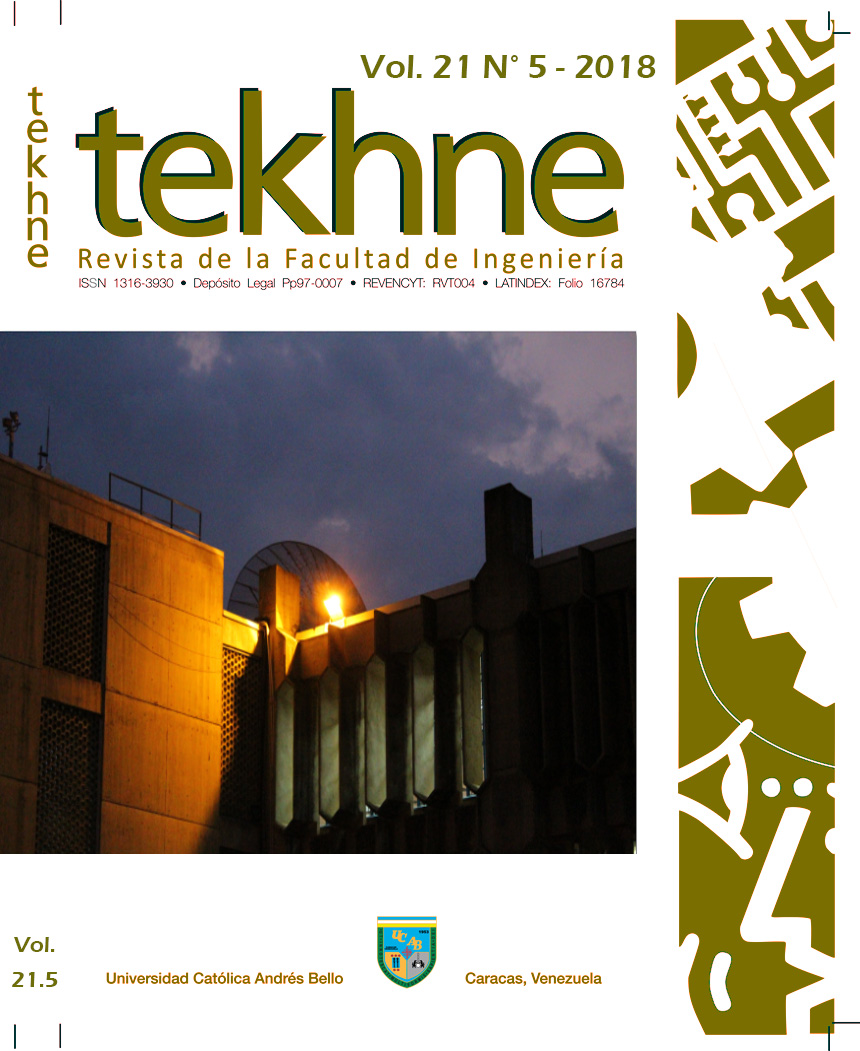Early Prediction of the “Neutral”, “Boy” or “Girl” Condition of the Atlantic Hurricane Season Based on the Value of the ONI Index for the Month of January
Predicción Temprana de la Condición “Neutral”, de “Niño” o “Niña” de la Temporada de Huracanes en el Atlántico en Función del Valor del Índice ONI del Mes de Enero
DOI:
https://doi.org/10.62876/tekhn.v21i5.3985Keywords:
Abstract
It is undeniable that the Bolivarian Republic of Venezuela is exposed to relevant risks, presenting a high vulnerability associated with the large concentration of population that is settled in areas without urban planning, specifically in the northern coastal strip exposed to a set of threats, both natural as anthropic among which are those of the oceanographic and climatic type whose study is little developed in the country, which could be justified by the fact that its influence is relatively moderate when compared to other countries.
Among the most relevant “threats” is that associated with the El Niño/Southern Oscillation (ENSO) phenomenon, which is undoubtedly the most important interannual climate variability that has been identified at present, due to the effects it has on the meteorological conditions both in the vicinity and in places very distant from their place of origin, especially on parameters such as water temperature, ocean currents, wind patterns, precipitation regime, and in general on economic and human activities, being in fact, responsible for a large part of the changes that occur year after year at a local scale in the climates of numerous regions of the world.
In this work, a relationship was found that allows us to predict with a high level of certainty what a year will be like, from the point of view of whether it will be an “El Niño” year, a “La Niña” year or a “Neutral” year. with the associated considerations regarding the number and intensity of the phenomena that could occur in the study period, highlighting the fact that the prediction can be made without using large and complicated climate models, using only data on surface temperature anomalies of the sea that the National Oceanic and Atmospheric Agency (NOAA) periodically records in the Pacific Ocean.




